If you’ve been noticing a few more lines or a bit of sagging skin when you look in the mirror, you might be considering a facelift or mini facelift. There’s a lot of buzz—and quite a few myths—around these procedures, and it can be difficult to separate fact from fiction.
This blog post will cut through the noise, exploring what these procedures can (and can’t) do for you, and debunk 5 common facelift myths.
Understanding Facelifts: What They Can and Can’t Do
A facelift, medically known as a rhytidectomy, is a sophisticated procedure that involves adjusting the deeper layers of the face, particularly the muscles and connective tissues. Surgeons carefully reposition these underlying structures and remove or redistribute fat, which helps to restore a more youthful contour to the face. The skin is then gently re-draped over the newly enhanced framework, reducing wrinkles and eliminating sagging without over-tightening the skin.
The Importance of Realistic Expectations
It’s important to go into this with your eyes wide open. While facelifts can dramatically improve your appearance, they don’t stop the aging process. What they can do is turn back the clock to a more youthful version of you.
Here’s what to expect:
Reduction in Sagging and Wrinkles: Facelifts can significantly reduce sagging and smooth out deep wrinkles, but they won’t permanently eliminate fine lines or change your fundamental appearance.
Contouring the Jawline and Neck: One of the most noticeable benefits is the improvement in the definition of the jawline and neck area, giving a more chiseled and youthful look.
Long-lasting, but Not Forever: A facelift performed by a skilled plastic surgeon can last up to 10 years or longer, depending on factors such as skin quality, genetics, and lifestyle.
While facelifts are effective at rejuvenating the lower two-thirds of the face, they don’t address issues like the fine lines around the eyes, brow sagging, or skin texture and tone. Procedures such as eyelid surgeries and brow lifts are often performed in conjunction with a facelift to achieve full-face rejuvenation.
Resetting the Aging Clock
Think of a facelift as hitting the reset button on your facial aging. While the clock will keep ticking, you’ll be enjoying the benefits of looking several years younger than your actual age. This “reset” doesn’t stop future aging, but it does give you a fresher, more vibrant starting point. Post-facelift, continuing with a healthy skincare routine, sun protection, and perhaps some nonsurgical treatments such as BOTOX® Cosmetic or dermal fillers such as JUVÉDERM® help maintain these results for as long as possible.
Now that we’ve covered what facelifts can and can’t do, let’s look at 5 common myths about the procedure.
Facelift Myth #1: They Always Look Unnatural
It’s a common misconception that facelifts leave you with a perpetually surprised, “windswept” look. However, the fear of an unnatural appearance is largely unfounded when you choose the right surgeon.
A poorly performed facelift might give less-than-stellar results, but when done by a skilled, board-certified plastic surgeon, the outcome is not only natural but also refreshingly youthful. Modern techniques ensure that the changes enhance your features subtly. Most people will notice that you look refreshed and vibrant, but they’ll be hard-pressed to pinpoint exactly what’s different. This is the art of a well-executed facelift: significant yet undetectable.
Facelift Myth #2 – It Takes a Long Time to Recover
While it’s true that some downtime is necessary after a facelift, the recovery period may be shorter than you expect. Typically, patients need only 1-2 weeks for a full facelift recovery, during which they can manage most daily activities, albeit more slowly. For those opting for less invasive options, such as a mini facelift, the return to normal routines—and work—is even quicker.
For a clearer understanding of what to expect, including detailed recovery timelines, check out the facelift comparison chart on my website. This resource breaks down the different procedures available, helping you make an informed choice about which might suit your needs and lifestyle best.
Facelift Myth #3 – The Results Are Permanent
It’s a common belief that once you get a facelift, the results last forever. While facelifts produce long-lasting effects, they do not halt the aging process entirely. The duration of your facelift’s effectiveness depends on several factors, including the type of procedure you choose and lifestyle factors such as:
- Nutrition: A balanced diet can help maintain skin elasticity and overall health.
- Tobacco and Alcohol Use: Smoking and excessive alcohol consumption can accelerate skin aging.
- Weight Fluctuations: Significant changes in weight can affect the results of a facelift.
- Sun Exposure: Prolonged sun exposure can degrade skin quality and reverse some of the benefits of a facelift.
- Genetics: Your natural skin quality, influenced by genetics, plays a significant role in how long the results will last.
According to a study published by the US National Library of Medicine, the majority of facelift results were still considered “well corrected” at the 5 ½ year mark. This suggests that with proper care and lifestyle choices, the benefits of a facelift can be enjoyed for many years.
Facelift Myth #4 – Only Women Get Facelifts
The desire to look younger and feel more vibrant isn’t exclusive to women. Men are increasingly turning to cosmetic surgery to enhance their appearance and boost their confidence. According to a report by Business Insider, male cosmetic procedures have seen a significant uptick, with facelifts, liposuction, and male breast reduction leading the trend. This shift highlights a growing acceptance and interest among men to pursue aesthetic enhancements that were once predominantly favored by women.
Facelift Myth #5 – They’re Only for the Older Crowd
Many people think facelifts are reserved for later stages of life, but actually, choosing to undergo the procedure in middle age can be particularly beneficial. The results often appear more natural and striking during this period. In your late 40s or 50s, less skin removal is typically required compared to those in their 60s or 70s, which helps achieve a more subtle yet effective rejuvenation.
While we know the effects of a facelift aren’t permanent, starting earlier could mean maintaining your youthful appearance with less dramatic changes each time. Future touch-ups may be necessary, but this is a common expectation for patients at any age who wish to preserve their results over the years.
Take the Next Step
If common myths have made you hesitant about pursuing a facelift or any other aesthetic procedure, it’s time to get the facts straight from a professional. Speak with a board-certified plastic surgeon to discover how these treatments can rejuvenate your appearance and boost your confidence. I invite you to call my office today at (212) 249-4020 or request a consultation. Let’s discuss your options and take the first step towards a more vibrant you.


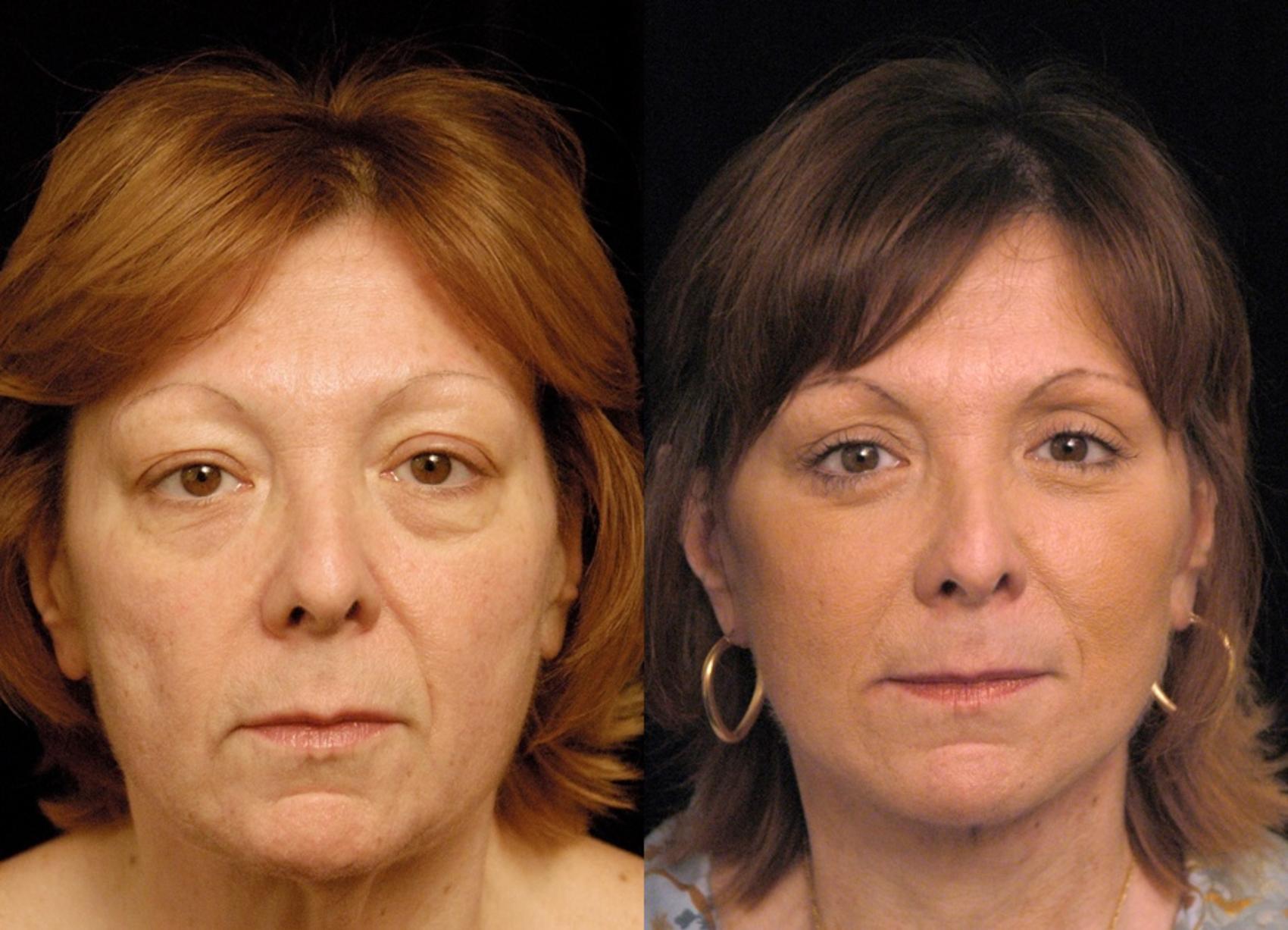
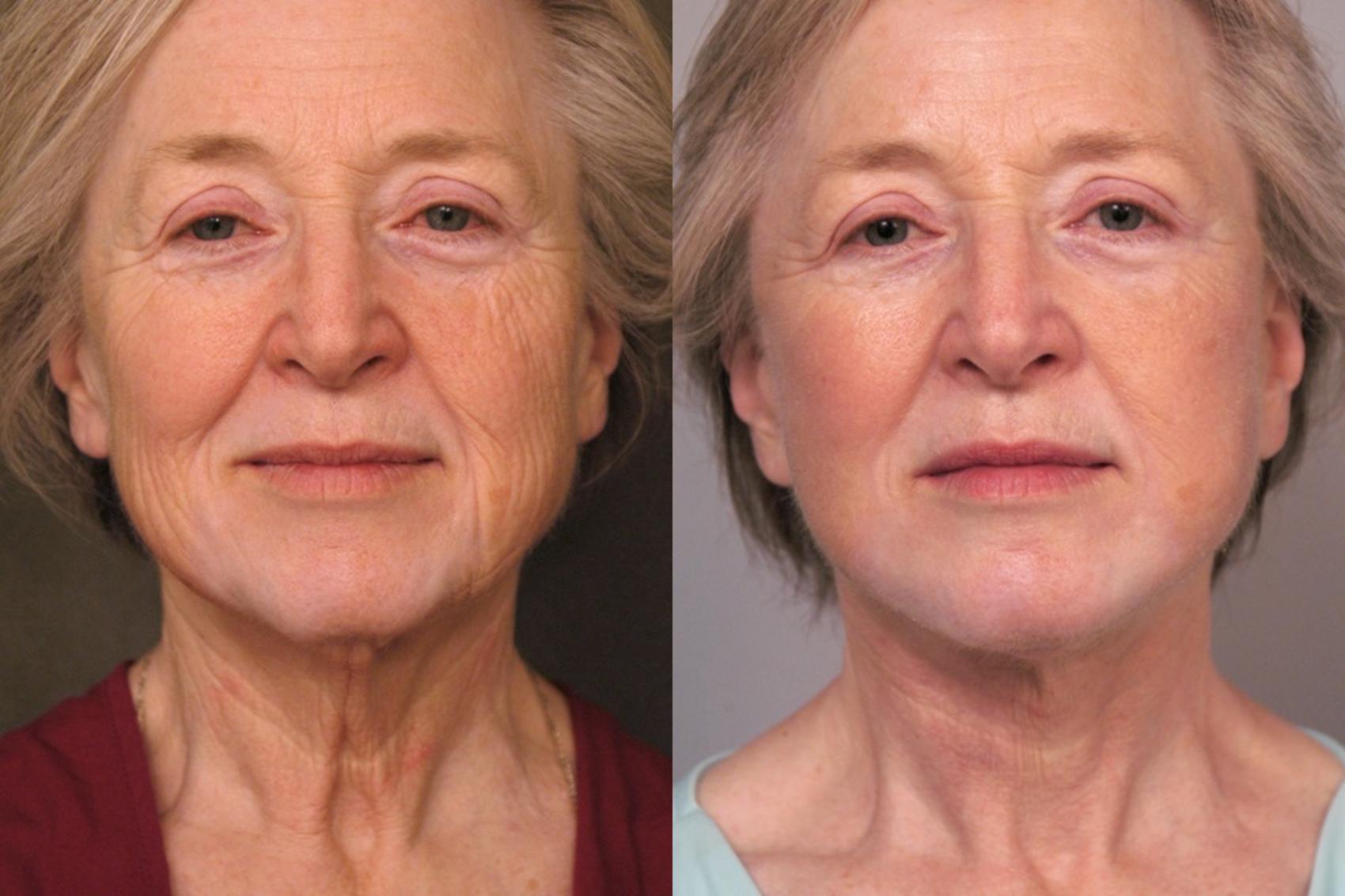
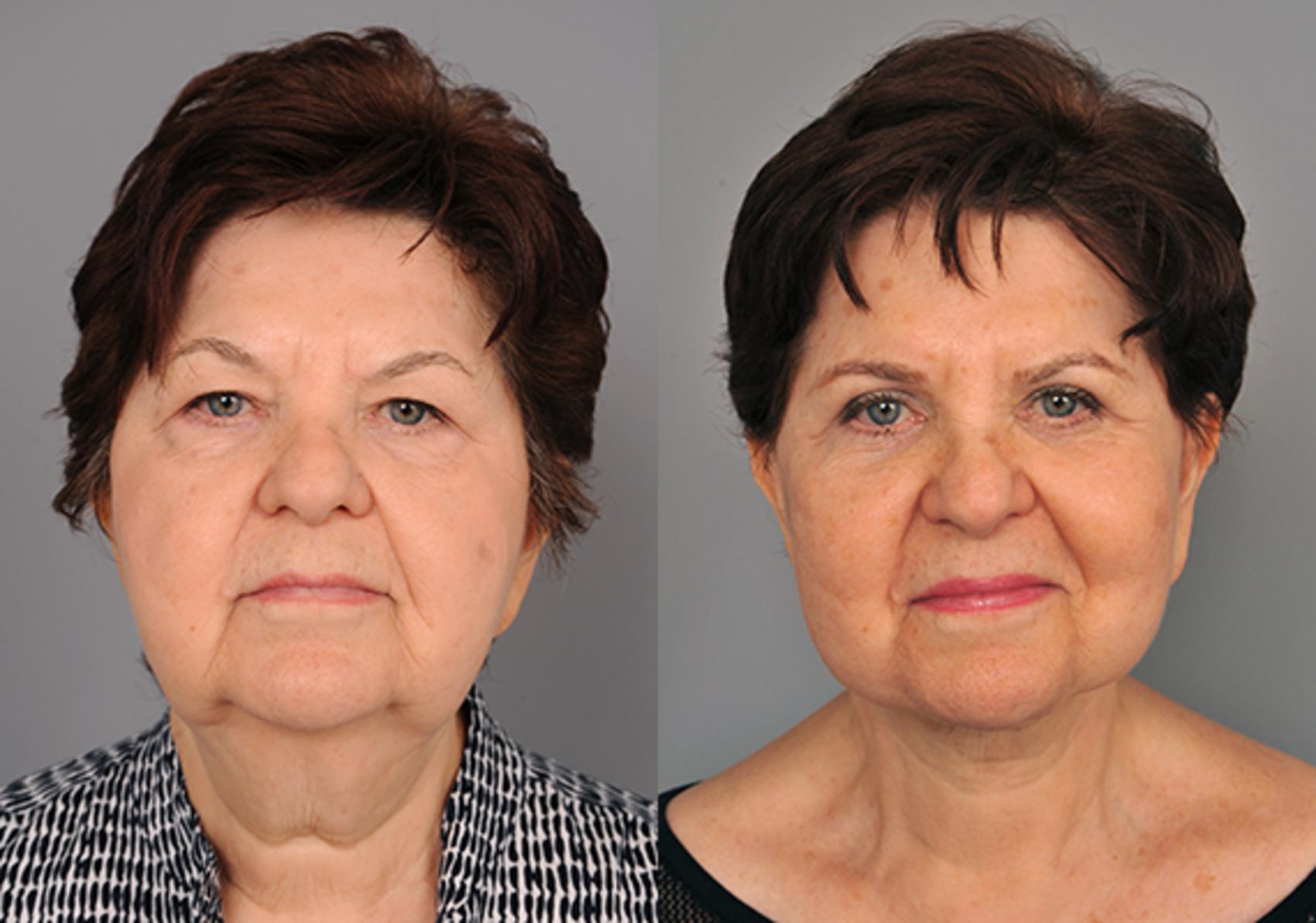
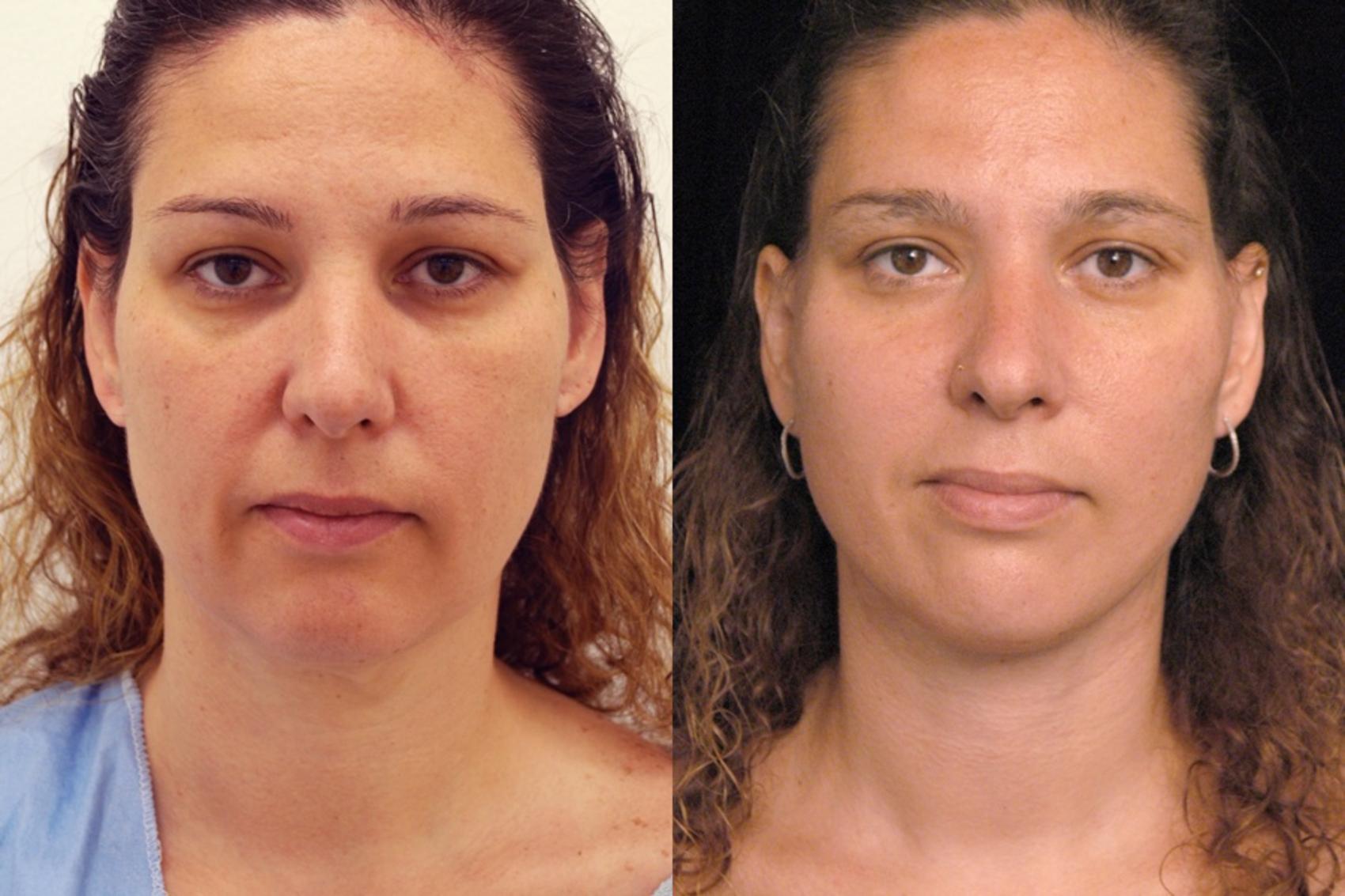
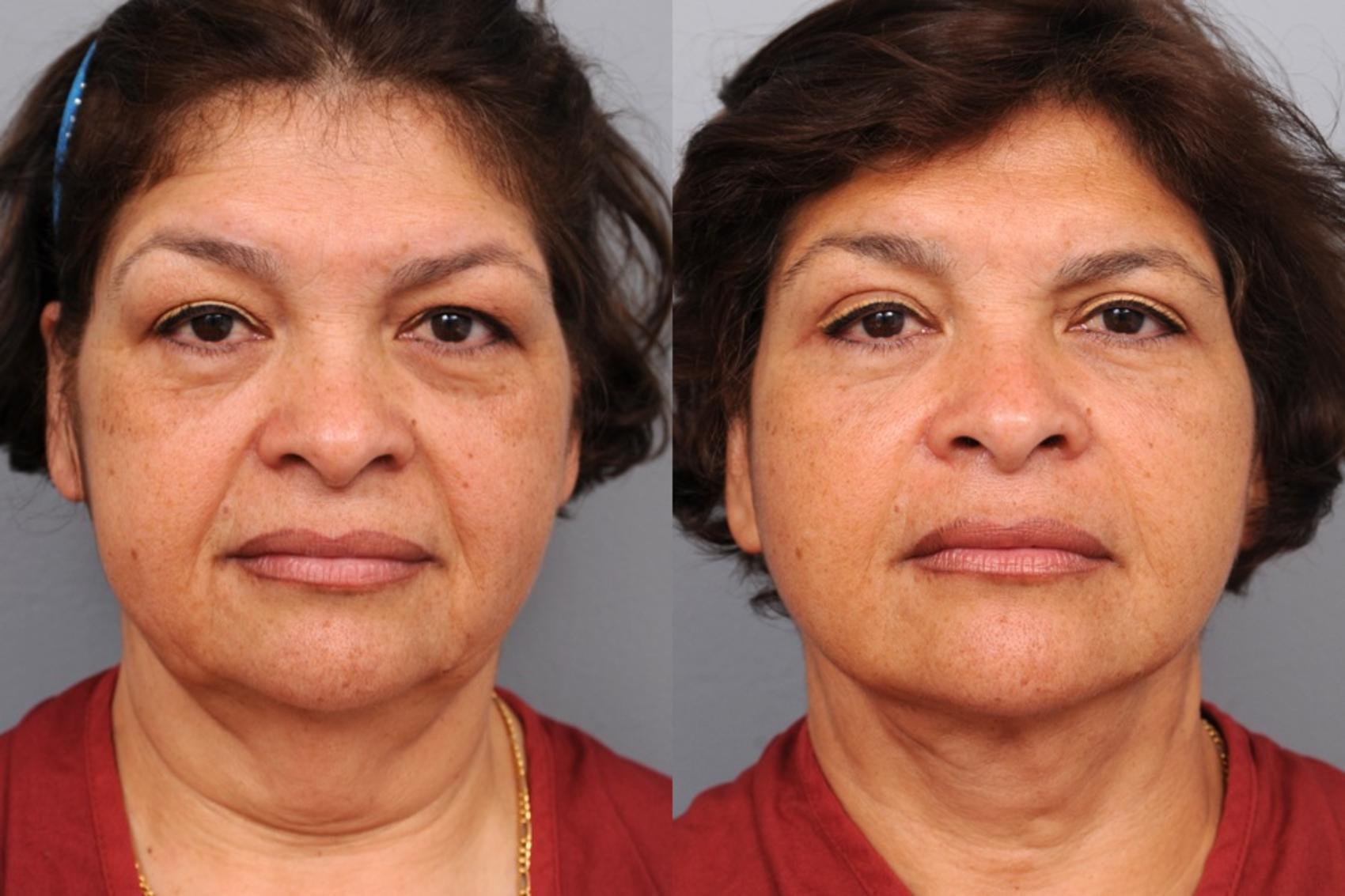
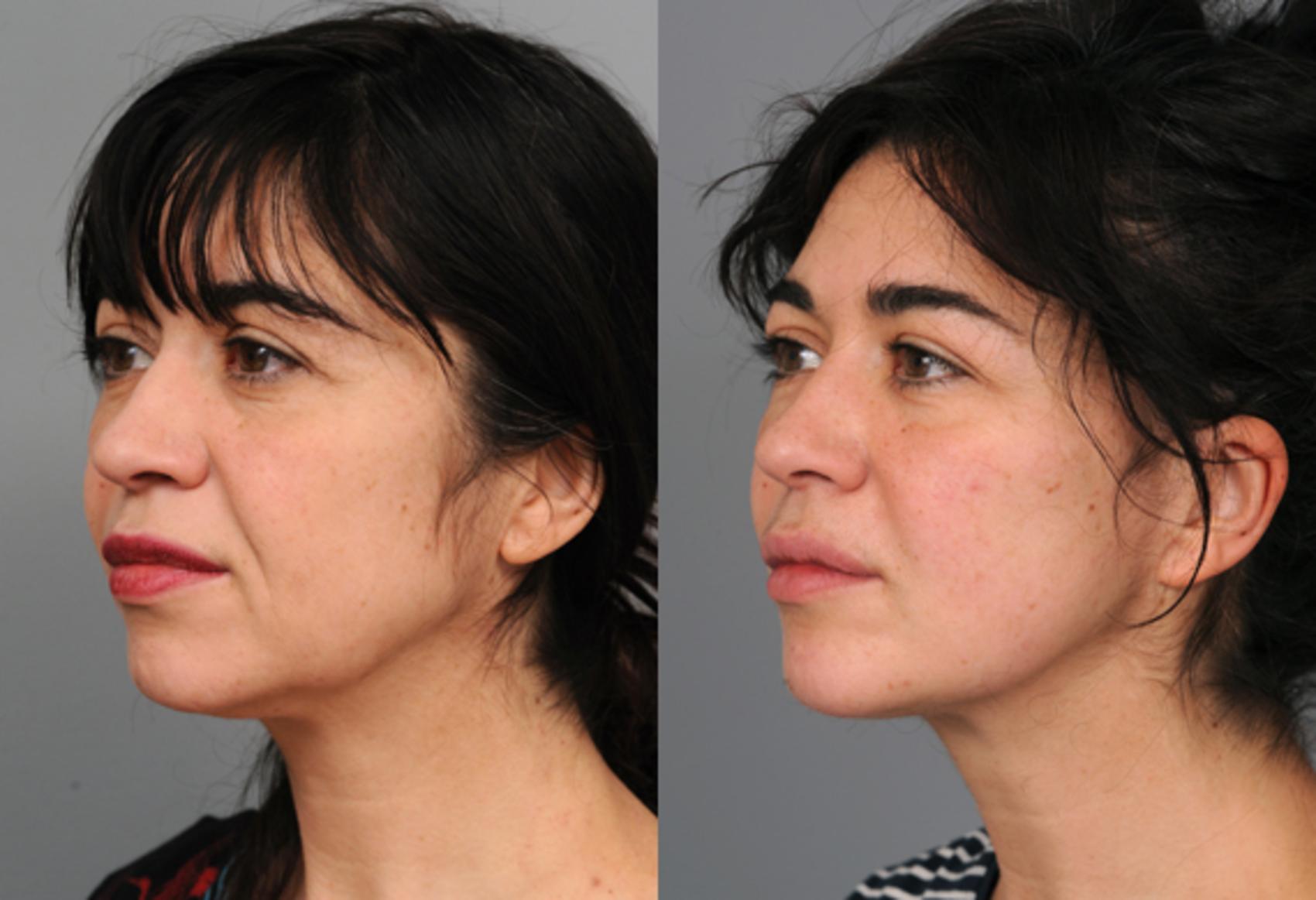
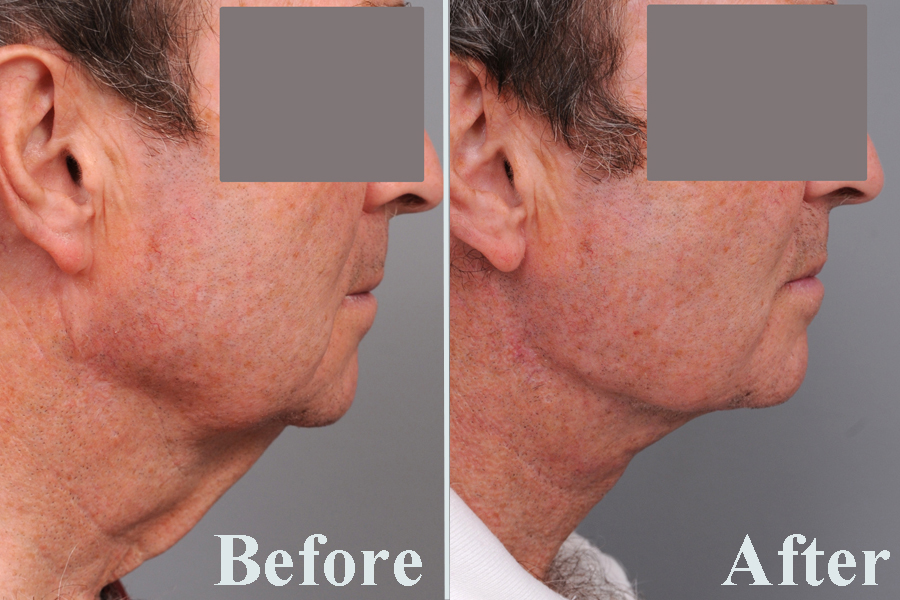
I would love to have this done.
Jan?! You tell me this on my blog? LOL!